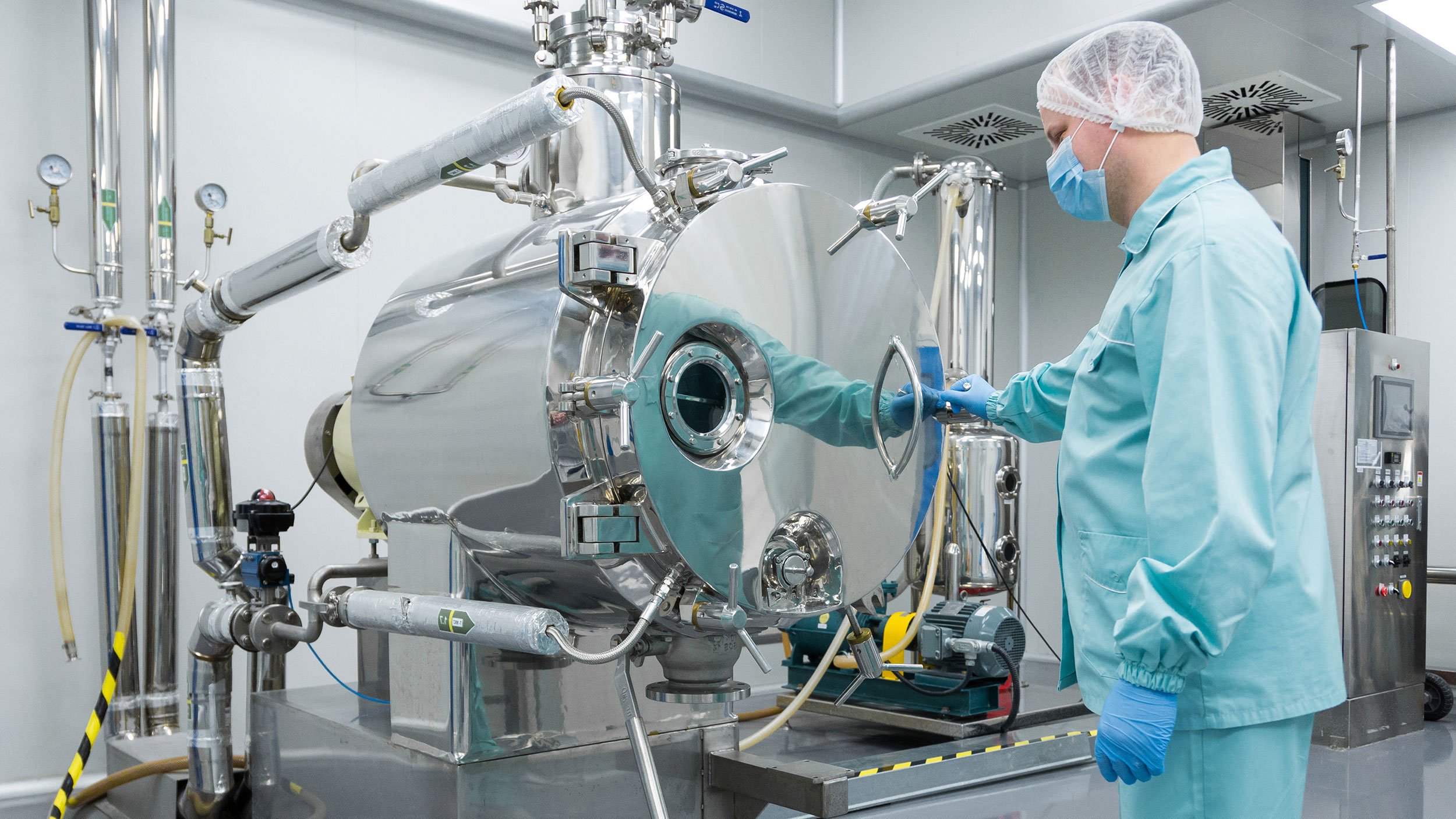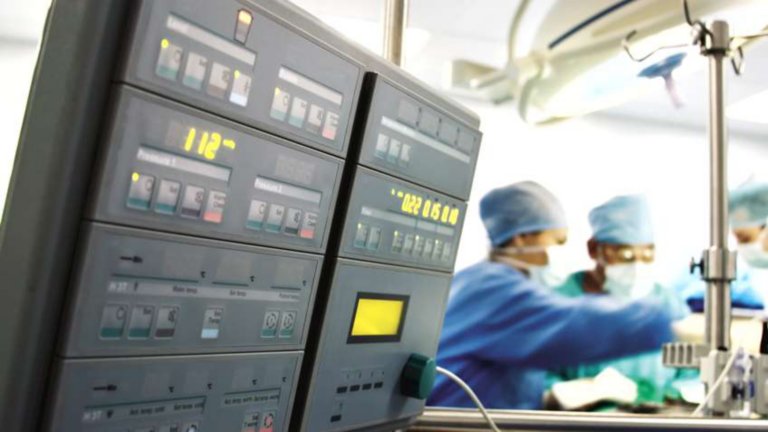In the life sciences industry, quality is everything. But batch record review is a painstaking process if your company relies on exhaustive paper records – or a combination of paper and electronic records.
Large quality teams must comb through batch records to confirm good documentation practices (GDP) and initiate incident investigations when deviations are uncovered.
And because a myriad of issues can impact quality, following the paper trail to reach resolution can take weeks. Meanwhile, quarantined product waits for release, delaying availability to patients.
Today there’s a better way. An increasing number of life sciences companies are turning to manufacturing execution systems (MES) to reduce quality issues, accelerate resolution and improve operations.
Right from the Start
With MES software, you can create a holistic electronic batch record (EBR) that not only documents the process, but also guides each step to minimize quality issues at the onset.
We all know that following standard operating procedures (SOPs) is critical to maintaining product quality. But especially with manual operations, deviations from paper-based SOPs can easily occur despite the best intentions.
What happens when an operator misreads a barcode during a material addition step, enters an incorrect temperature setpoint, accidentally flips the page and moves on to the wrong step – or inadvertently uses uncalibrated equipment?
In some cases, the answer could be the loss of an entire batch.
An MES leverages the power of its EBR to add electronic guardrails that keep procedures on track – and reduce documentation and procedural errors by 50-80%.
How? Here are just a few examples. The MES can require barcode scans to electronically verify material additions and incorporate input limits to prevent inaccurate manual entries. The system shows your operators exactly where they are in the process – and only allows them to proceed per recipe design.
To enforce the use of the right equipment, the system could utilize barcode scans and access data from other systems to obtain maintenance, calibration and hygienic state data. Then, it electronically records the use in the electronic equipment logbook and EBR without the risk of manual data entry errors or omissions.






